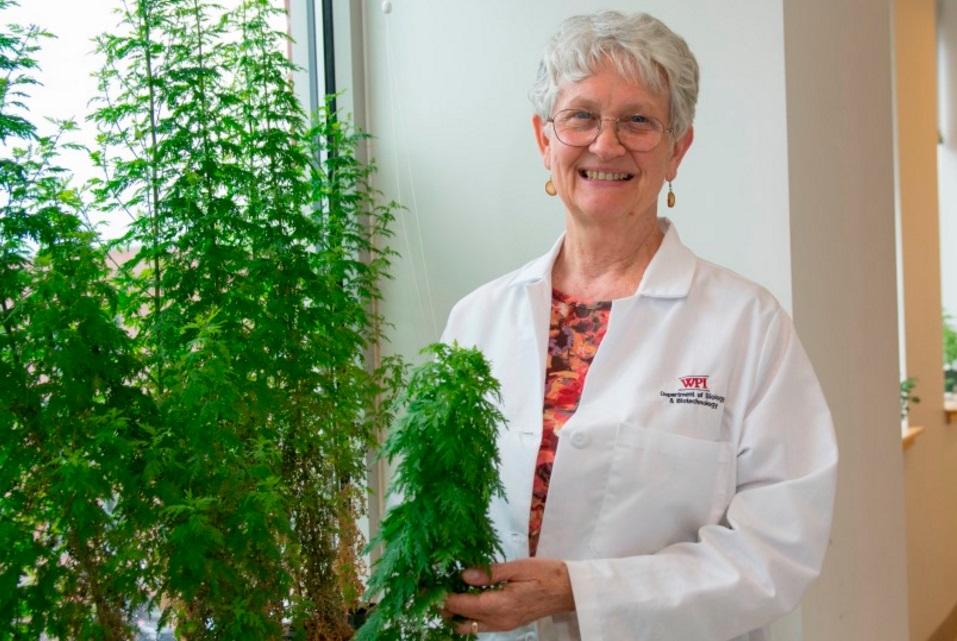Malaria cure “developed” by academic institute found to have been documented in ancient Chinese Medicine text written over five centuries ago
05/07/2017 / By Isabelle Z.

When dried plant leaves completely cured all 18 malaria patients who were approaching death, it was very encouraging news, but there is one part of this story that no one else reported: the same cure that the academic institute claims to have “developed” has actually been used in Traditional Chinese Medicine for more than five centuries!
At a Congo clinic, a physician who was treating 18 people suffering from malaria was dismayed when the standard medications failed to help them. The patients, who ranged in age from 14 months to 60 years old, had entered into malaria’s severest stage, which is marked by convulsions, pulmonary edema, a loss of consciousness and respiratory distress. A five-year-old patient had even gone into a coma. Tired of seeing no improvement from the usual medical treatment of intravenous artesunate, the doctor decided to act under the doctrine of “compassionate use” and prescribe them a malaria therapy that consisted solely of dried leaves from the Artemisia annua plant, which has not yet been approved.
Amazingly, all 18 patients noted a full recovery in the span of just five days, and lab tests showed there were no more parasites in their blood. While the Worcester Polytechnic Institute (WPI) was quick to take the credit for developing the cure, the truth is that the Chinese have been using the same herb, which they call Qing Hao, for thousands of years to cure malaria and other diseases. In fact, it even appears in a Traditional Chinese Medicine text that was written in the 1500s. WPI’s contribution to saving these people’s lives should not be discounted, of course, but it would be far more accurate for them to say they “rediscovered” this treatment rather than developed it.
Mother Nature's micronutrient secret: Organic Broccoli Sprout Capsules now available, delivering 280mg of high-density nutrition, including the extraordinary "sulforaphane" and "glucosinolate" nutrients found only in cruciferous healing foods. Every lot laboratory tested. See availability here.
How many diseases could modern plants cure?
Simply eating the leaves of the plant was all it took to cure people of this sometimes deadly disease, which is passed through mosquito bites and affects the liver, immune and circulatory systems. Contrast this with the new malaria vaccine that is being developed by researchers at the University of Tubingen. This entails injecting healthy volunteers with thousands of live parasites that transmit malaria, which then concentrate in the liver. These people must then take an anti-malaria drug that weakens the liver parasites when they enter the bloodstream for the vaccine to be “effective.” Which option would you prefer? Which course of action is the most profitable for pharmaceutical companies?
Our planet is full of plants that can cure a host of ailments naturally, but you don’t hear much about it. Why not? The answer is simple: Big Pharma’s incredible reach and (literally) sickening amount of power enable them to keep the narrative focused on their toxic medications and downplay the significance of any claims that plants can cure people. Just look at the way cannabis has been demonized even though it can help treat a variety of different cancers and help alleviate chronic pain, and it does this more effectively than many of the medications Big Pharma peddles. Another plant cure, cat’s claw bark, is known to help with inflammation, leukemia and lung and breast cancer in South America, but it’s largely ignored in the U.S., where mammograms and chemotherapy bring in huge profits.
With multi-drug resistant forms of malaria turning up in Africa and Europe and more than 438,000 people dying from it in 2015 alone, the potential of this plant to save lives is tremendous. This begs the question: how many hundreds of thousands or millions of people are dying of other diseases that could easily be treated with plants?
Sources include:
Tagged Under: Artemisia annua, Chinese medicine, Malaria




















